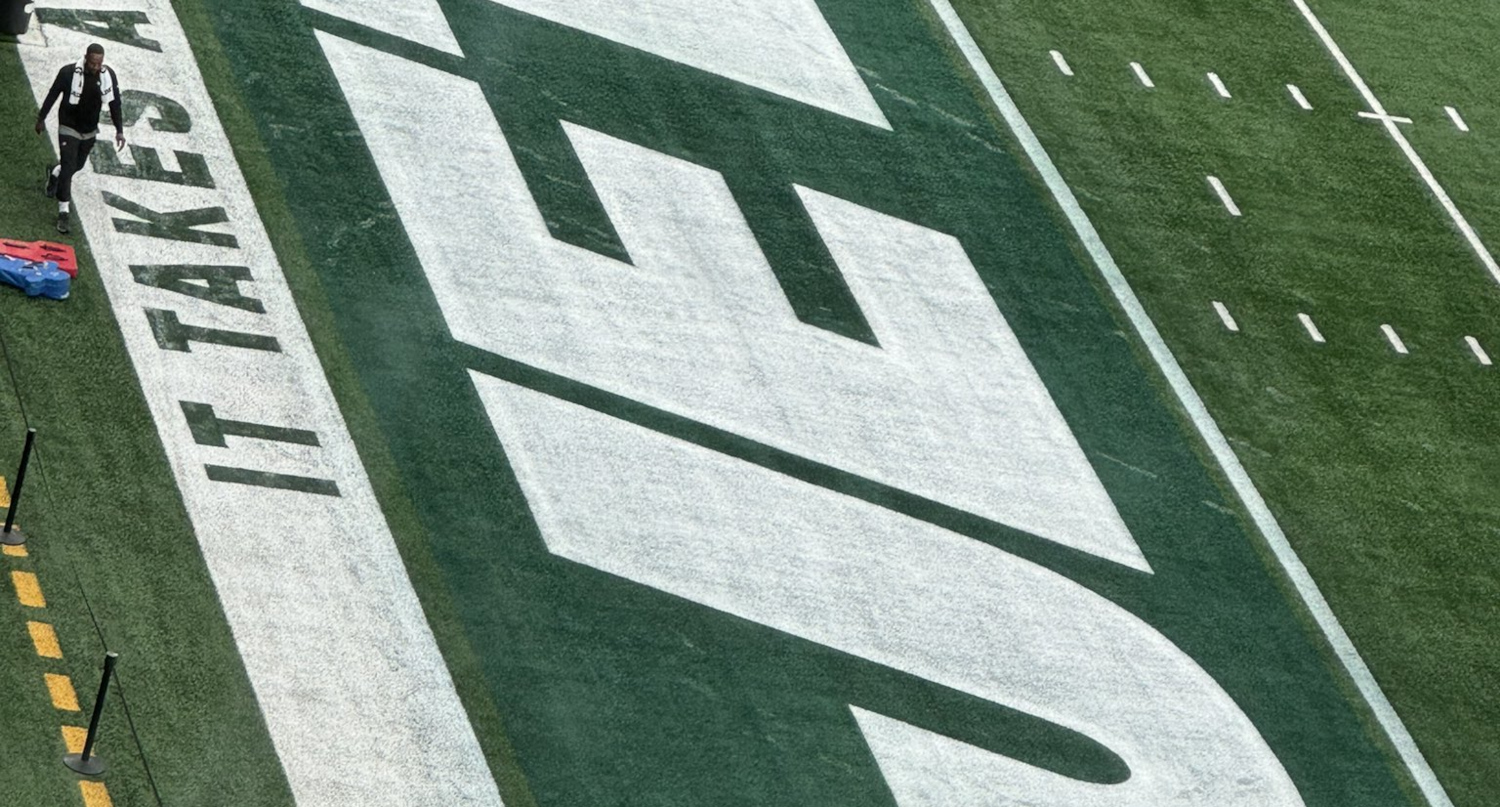Running backs are used to fighting for every inch of real estate they can get. It’s the only position on the field where the entire defense can collapse on you. Unlike quarterbacks, you’re not afforded the same protections or benefit of the doubt. So, unless it’s a blatant penalty like an obvious facemask, you must absorb the hits.
You might think such a dangerous occupation would warrant a little more respect. Not in today’s NFL. When a player of Dalvin Cook’s stature can get released, is any veteran running back safe? From the Minnesota Vikings’ point of view, it probably makes sense in a salary-cap league. However, it still seems cold for a player who gave so much to the franchise that drafted him and is still productive.
This is not an Ezekiel Elliott situation. Cook was sixth in the NFL in rushing (1,173 yards) and gained the second-most yards in his career. But the Vikings made a business decision to cut one of their best players because he’s 27 years old. That’s the age at which running backs tend to decline. Minnesota figures it is better to release a player a year too early than a year too late. The Vikings need the financial room to pay for Justin Jefferson’s contract extension and have a younger, cheaper running back option with 24-year-old Alexander Mattison.
Cook’s release highlights a bigger problem in the NFL. The current financial structure is incredibly unfair to running backs. They’re often paid the least when they are most productive. They enter the league with fresh legs but can lose a step as the hits accumulate. That makes it difficult for running backs to reach their second contract. And even if they do, it’s not much. The franchise tag for RBs is $10 million for 2023. That is by far the lowest of any position player.
There was a time when running backs were the faces of franchises. Guys like Adrian Peterson and LaDainian Tomlinson. Those days are a distant memory. Most people wouldn’t recognize 2022 rushing leader Oakland Raiders’ Josh Jacobs (1,653 yards). It’s become regarded as a disposable position. Many teams believe that if you’ve got a great offensive line — like the Philadelphia Eagles — you can put almost anyone back there. It’s worth noting that the Eagles let top rusher Miles Sanders (1,269) walk as a free agent. They replaced the 26-year-old by trading for D’Andre Swift, who was less productive (542 yards), but only 24 years old.
The devaluation of the running back is reflected in the draft too. Only two were selected in the first round in April and none in 2022. The last running back selected within the first five picks was Saquon Barkley, No. 2 overall in the 2018 NFL Draft. We might not ever see that again. Not surprisingly, Barkley is in a contract dispute with the New York Giants. Those same New York Giants had no problem giving quarterback Daniel Jones a new deal, even though Jones is not as good at his job as Barkley is at his.
After watching 30 minutes of Dalvin Cook film, he is unequivocally not washed. He’s slowing down (and definitely seemed to late in 2022), but I’d actually argue he was better last year than he was in 2021. pic.twitter.com/rRyOJbKZwc
— Christian Williams (@CWilliamsNFL) June 10, 2023
Yes, the game has changed. It’s not a running back league anymore. Teams pass with more frequency, efficiency, and accuracy than ever before. The salary structure reflects the value of the passing game. Quarterbacks command top dollar, and the wide receiver market has exploded. Meanwhile, the NFL’s most famous and most feared running back, Derrick Henry (1,538 yards), is in the final year of a deal that will pay him only $10.5 million this season. He’s 29, and there are rumors that he could be traded.
It’s hard out there for a running back. They deserve a little more security and a bigger share of the pie.







